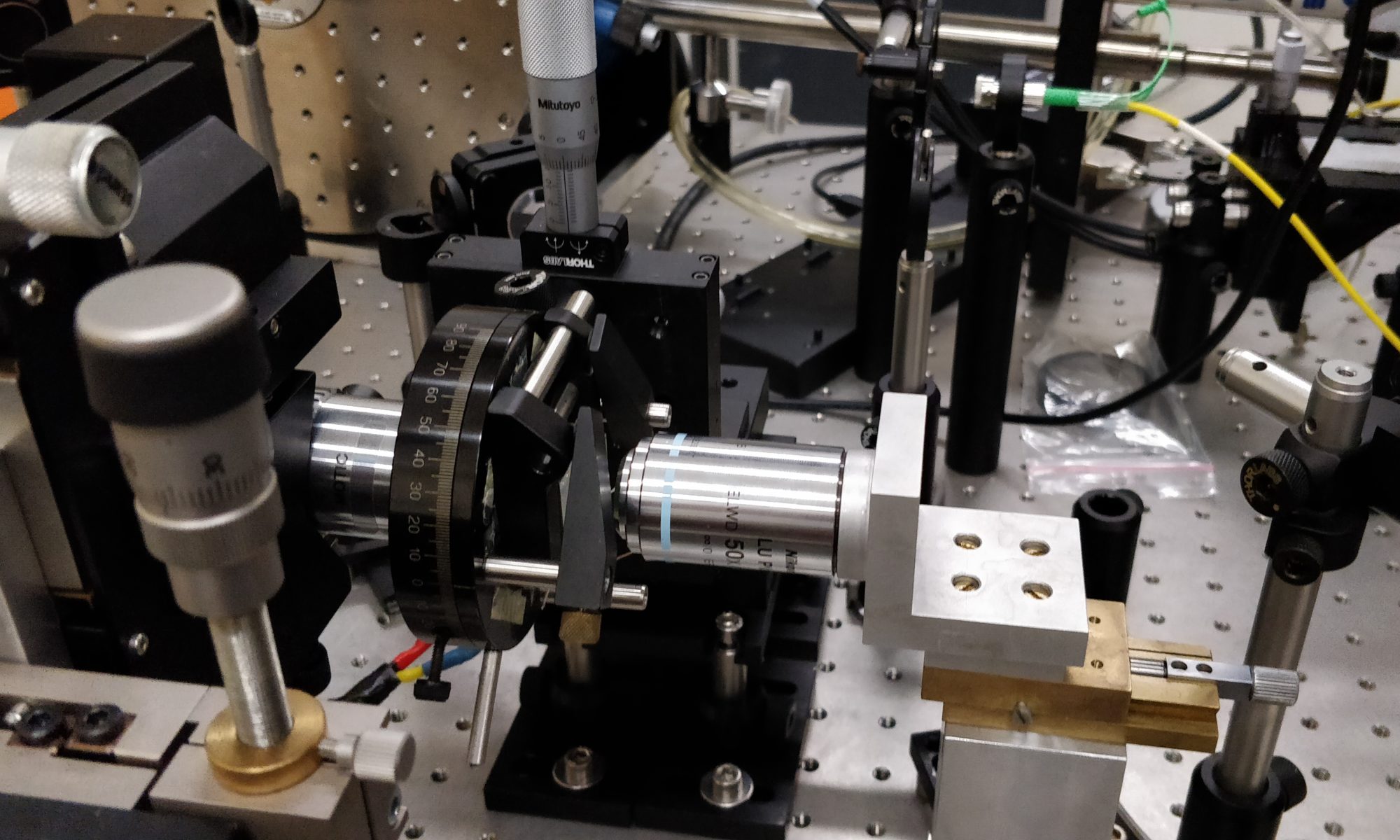 The challenge in developing optical Artificial Neural Networks for neuromorphic computing is the realization of a nonlinear activation function and simultaneously providing ultrafast operation and functions required for networking. In this context, we argue that hybrid light-matter exciton-polaritons with strong interactions appear as an ideal system to emulate ANN node with sub-ns processing abilities.
The challenge in developing optical Artificial Neural Networks for neuromorphic computing is the realization of a nonlinear activation function and simultaneously providing ultrafast operation and functions required for networking. In this context, we argue that hybrid light-matter exciton-polaritons with strong interactions appear as an ideal system to emulate ANN node with sub-ns processing abilities.
Since photons are very weakly interacting particles even in specialized nonlinear materials, optical neurons based on pure photons typically require large input power to reach the nonlinear regime, thus limiting their capability in terms of speed or energy efficiency. The strength of exciton-polariton nonlinearity, which originates from exciton-exciton interactions (the Kerr nonlinearity) is several orders of magnitude larger than in typical semiconductor systems outside the strong coupling regime. Polariton interactions already permitted the observation of a wide class of non-linear phenomena such as Josephson oscillations, soliton generation, and optical bistability.
In our laboratory, we investigate nonlinear responses of various types of microcavities under different conditions (pumping regime, different exciton-polariton coupling regimes, etc.) in seek for configuration most suitable for implementation in future optical neuromorphic devices.
We believe that microcavities with exciton-polaritons are the ideal candidate for neuromorphic systems with their hybrid nature providing photons as an information carrier and the ability to manipulate this carrier due to exciton-photon interactions.

